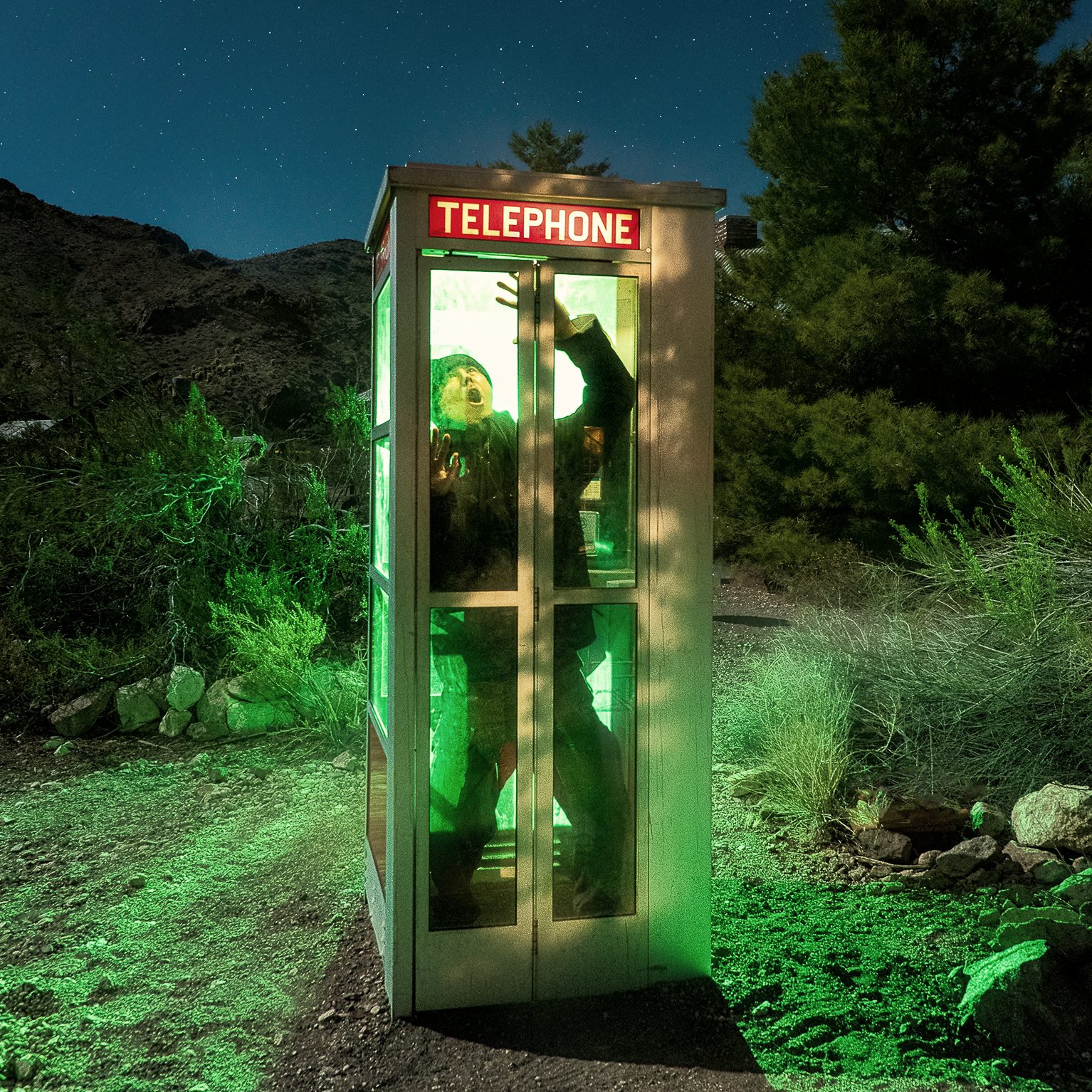Adobe recently introduced Super Resolution. This is part of the new Camera Raw 13.2, although it will soon appear in Lightroom and Lightroom Classic. This continues a set of features including Raw Details which also produce greater detail while reducing artifacts.

What does Super Resolution do?
Super Resolution has the ability to create a quadruple enlargement! For example, you can take a 12-megapixel image and resizes it to 48MP.
It gets better, though. Enlarging a photo often creates blurry details. That’s not the case with Super Resolution. It uses advanced machine learning to enlarge photos while retaining edges and details.


Why do we need this?
It’s extremely handy for making large prints. Not all cameras have super-high resolution. Most modern phones produce 12MP images, for example. It’s also great for when you crop a photo noticeably.
I tested this with an image from a Nikon D750 and was blown away by the results. It took a 24.2MP image and created a 96.6MP image that appeared to be at least as sharp as the original RAW image.
How do I use Super Resolution?
Follow these four steps:
1.) Open the RAW image in Camera Raw.
2.) This will appear as a filmstrip with smaller thumbnails. Right click and select Enhance. This produces the Enhance Preview dialog box.

3.) Check the Super Resolution box. You can click and hold to see how the original image looked in comparison to the enhanced image. Also, the dialog box will give you an estimated completion time to enhance the image. It took seven seconds for mine on a 2017 iMac.


4.) Click the Enhance button.
This will produce a new RAW file in the DNG format which contains the enhanced photos. You may continue editing the file just like any other photo.
Seeing double
Super Resolution doubles the linear resolution of the photo. This means that your image will be twice the width and twice the height, which is also four times the original amount of pixels. The difference is noted at the bottom of the above comparison photos.
Tips for Super Resolution
The developers at Adobe recommend that you use RAW files whenever possible. This will provide an image that is less likely to have artifacts.
They also point out that you don’t really need to do this with all photos, simply the ones that really need it, particularly print projects from small files. When you do use it, though, the results are stunning.














Tried this yesterday with D850 NEF file. Very interesting, and surprisingly pleasing results.
However, my one only concern was that instead of a 54.1mb NEF, I now have 638 DNG file.
Good trade?
Yeow, that’s a large file! I suppose it depends on what you are printing. D850 files are already quite detailed. However, there is still some benefit. If you need to print really large or if you crop in to your photo noticeably, Super Resolution seems like it would help, er, immensely.
interesting – I am about to stitch a series of high resolution prints from the FUJI GFX-100 for 16′ prints – i’ll test this to see how that goes – the files will be 40,000 pixels wide in some cases.
I tried using Super Resolution on a raw file from a Nikon D800 camera. 36mb file grew to over 500mb. When I took the original 36mb file and increased the size in photoshop up to the size of the dng file, they looked exactly the same. Am I missing something.
Mark, are you sure you have the ‘super resolution’ tick box actually ticked? I guess yes, you have because of that dng file size, but are you making comparisons at the right scales? like for like? I use this a lot as it is new, so I am getting my hand in. In my case, I use the super resolution, then, close the image in photoshop, go to the relevant folder and find the resulting dng, and then once it re-opens in camera raw, hit the ‘open’ button in photoshop to generate the saveable image. Once there I use Define2… Read more »